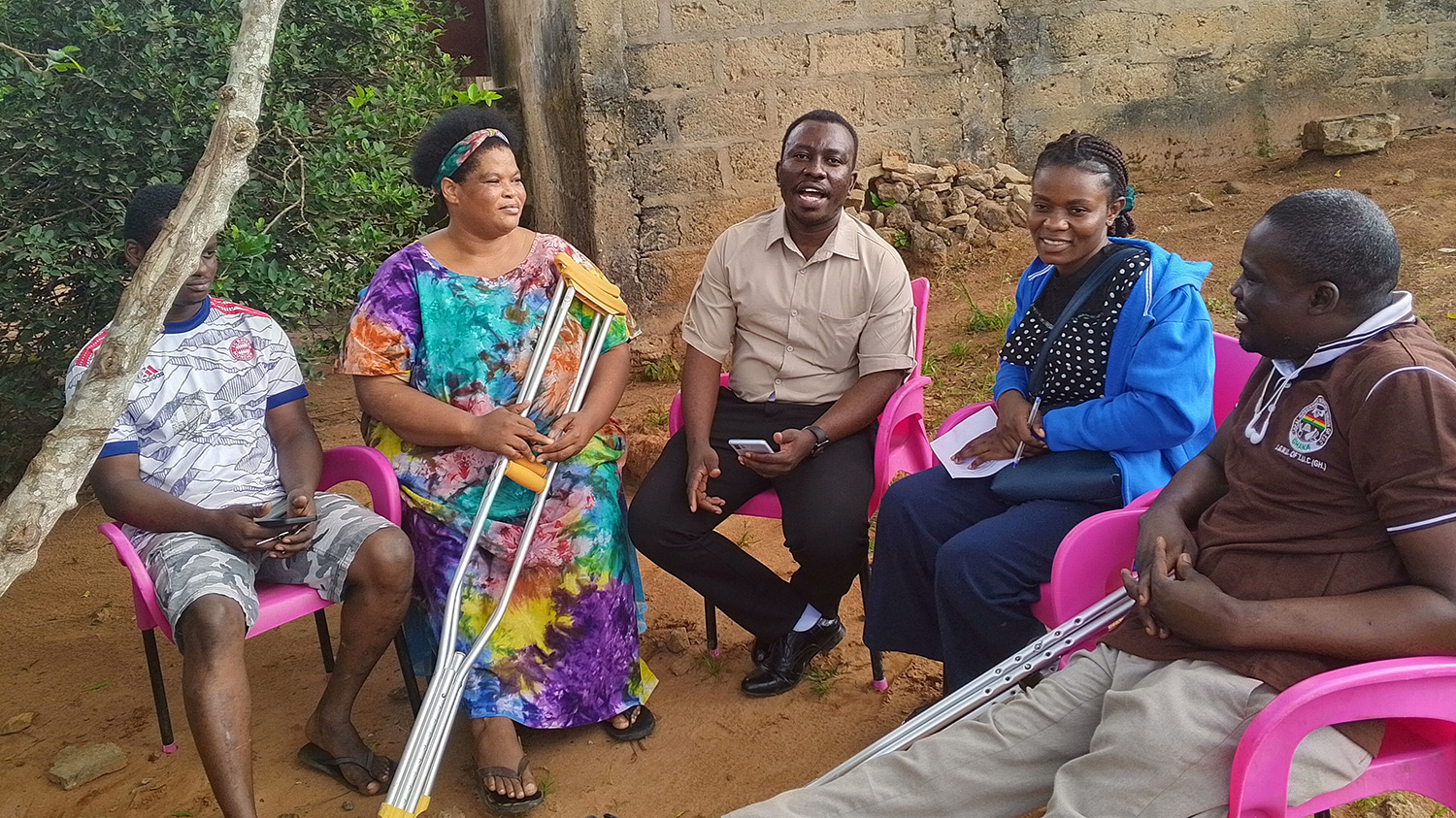
Imagine a young woman living in a rural village in Ghana. She is full of ambition and dreams.
However, she faces two significant barriers: she is a woman and she has a disability. Her aspirations are further hindered by a lack of infrastructure and a supportive community in her village.
Women with disabilities face significant discrimination
This is not just a story; it is the reality for many women and girls with disabilities across Ghana, who face significant discrimination in many aspects of their lives.
In Ghana, 8% of the population has a disability, according to the 2021 census. Women and girls with disabilities, especially, face barriers in accessing adequate housing, health, education, training, employment and decision-making structures. Multiple attitudinal and environmental barriers, such as stigma and negative attitudes, discriminatory laws and policies, the unavailability of assistive devices and inaccessible buildings and spaces, play a significant role.
This is why Sightsavers has launched a new programme to strengthen the civil society representation of women with disabilities in Ghana. It aims to develop the capacities of two grassroots organisations to help women claim their rights and hold decision-makers accountable.
Insights from Ghana
To support our work, we needed insight into the systemic issues that women with disabilities face in Ghana. In collaboration with the Alliance for Better Advocacy and Knowledge (ABAK) Foundation and the Women with Disability Development and Advocacy Organisation (WODAO), we undertook a comprehensive gender equality and social inclusion (GESI) analysis in six regions across Ghana with participants including women with disabilities, government institutions, opinion leaders, civil society and community gatekeepers. Its findings offered valuable insights and actionable recommendations to promote gender equality and social inclusion.
According to the GESI analysis, 61.5% of respondents from the ABAK Foundation identified social norms as barriers, 49.4% reported negative treatment from health care providers and 62.3% stated that access to education remained a significant challenge. Similarly, the analysis highlighted that 61.5% of respondents in WODAO recognised cultural obstacles, 61% believed health care barriers existed and 48% saw the lack of access to education as a major issue.
